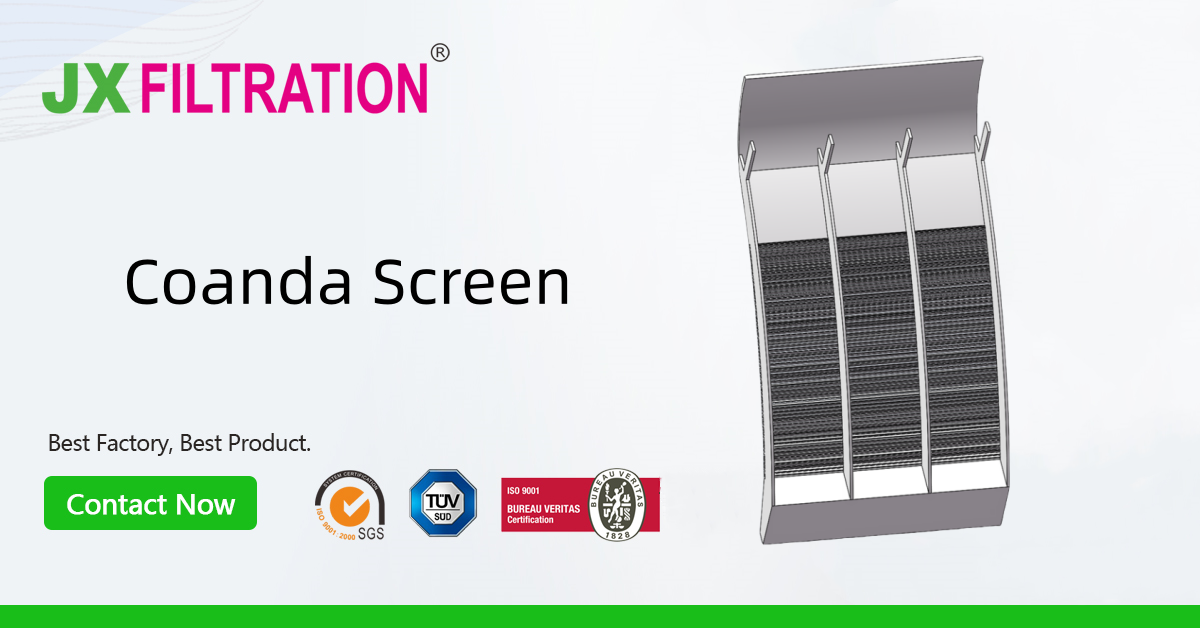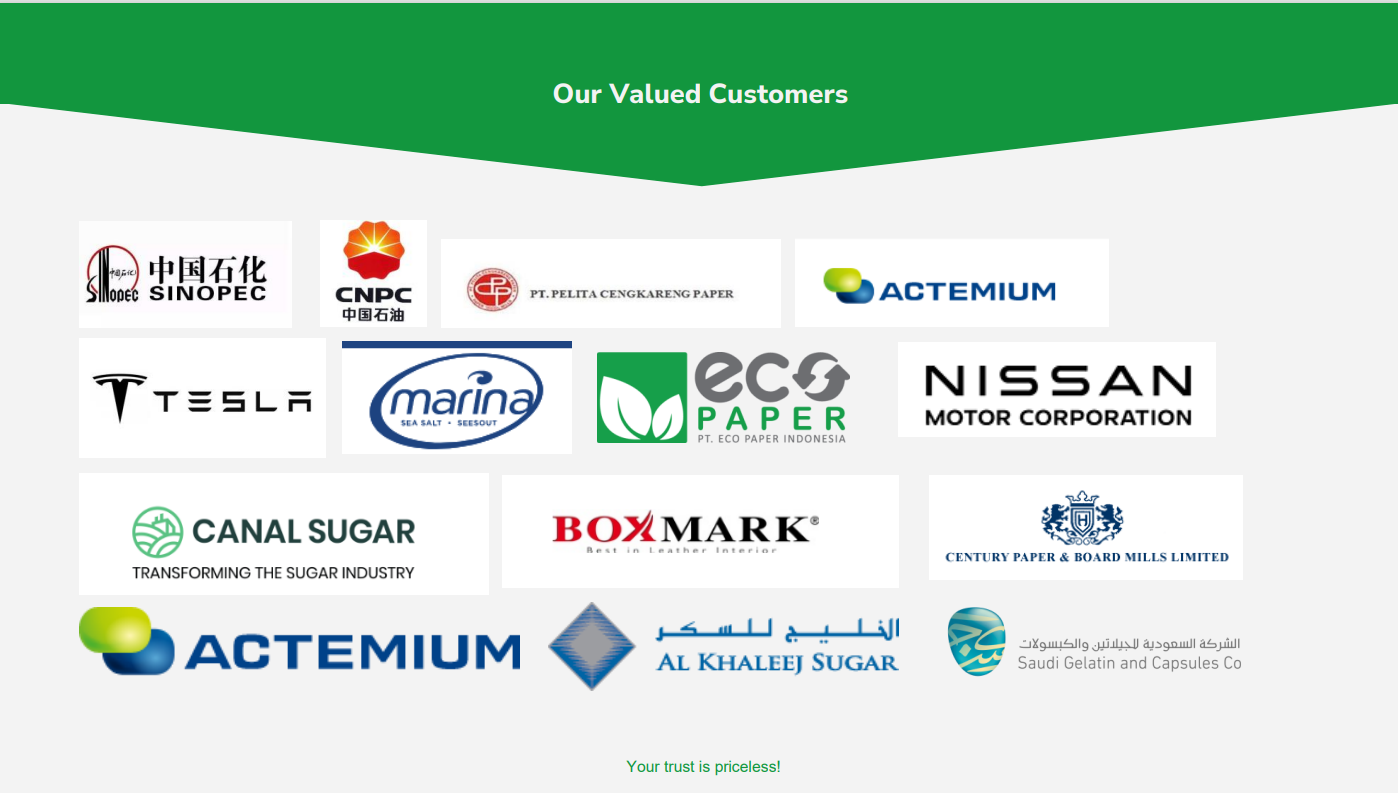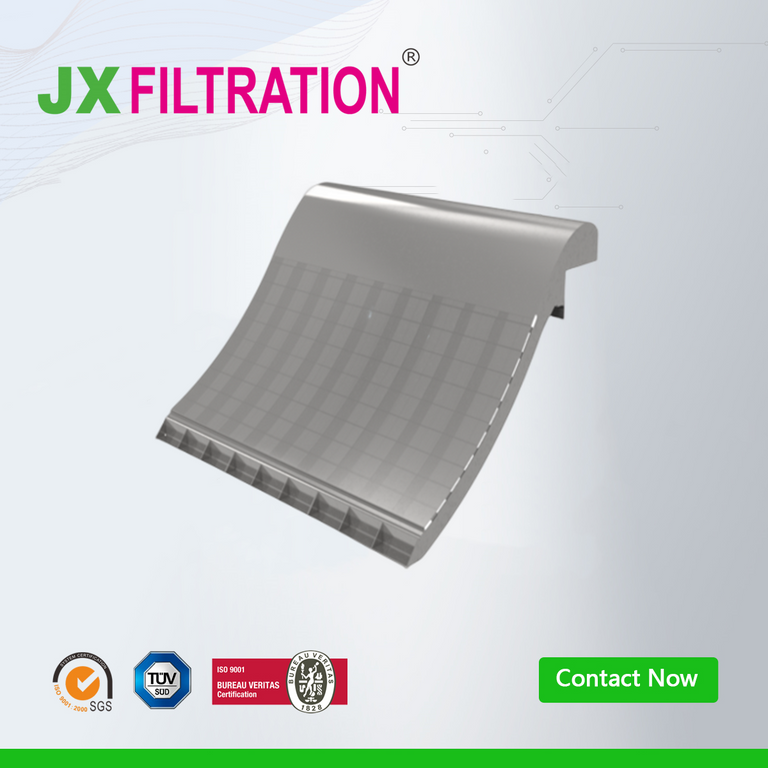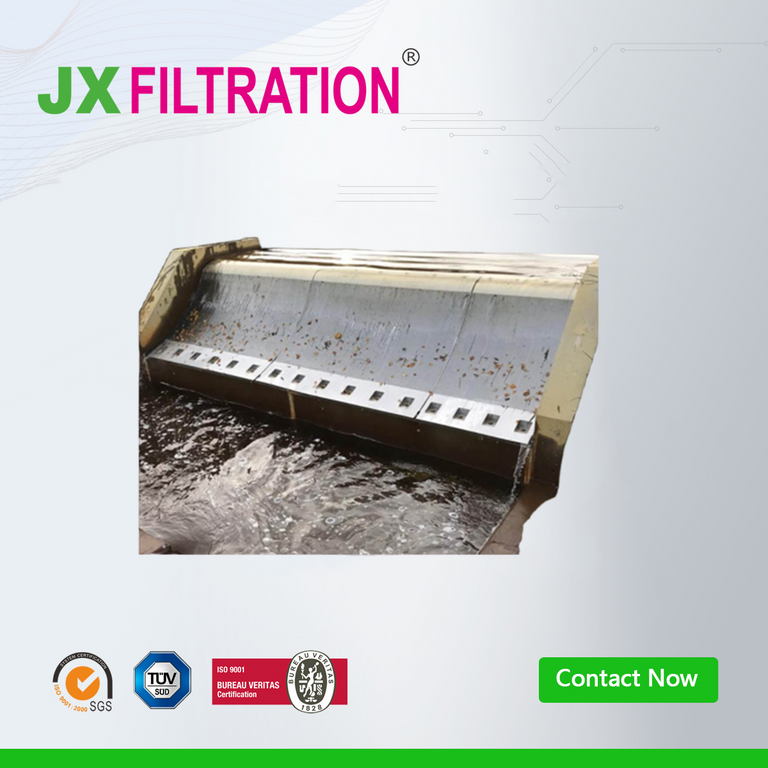Coanda Screen
Based on the shape of the screen, it can be divided into planar screens and curved screens. Based on the bar spacing, it can be classified into coarse screens (50~100mm), medium screens (10~40mm), and fine screens (3~10mm). According to the method of debris removal, it can be divided into manually cleaned screens, mechanically cleaned screens, and hydraulically cleaned screens.

Common mechanical screen equipment includes:
-
Chain Bar Screen Cleaner
The working principle involves the transmission device driving the two rotating chains of the screen cleaner in a loop. The cleaning rake fixed on the chains lifts the debris trapped on the screen bars during the rotation process. The debris is then scraped off the cleaning rake by a buffer debris unloading device and discharged into the disposal hopper. Chain bar screen cleaners are suitable for shallow depth small to medium-sized wastewater treatment plants.
-
Rotary Rake Screen Cleaner
This screen's distinctive feature is the absence of screen bars. Instead, the screen consists of many small rakes interconnected to form a large rotating surface. The working principle involves the transmission device driving the rotating surface made up of small rakes in a loop. The trapped debris is lifted out of the water to the top of the screen during the rotation process. The debris unloading process is completed through changes in the rotation surface's trajectory. Rotary rake screen cleaners belong to fine screens, with bar spacing ranging from 0.5 to 15mm. These screens are suitable for small to medium-sized wastewater treatment plants.
Any Requirements, Contact Us Now!
Kris
Email/Teams: kris@filtrationchina.com
Mobile/Whatsapp/Wechat: +86 18980776200


